A family day out at the SS Great Britain
[AD press tickets]
At the heart of Bristol’s vibrant harbour lies a boat with a tale to tell. The SS Great Britain was built right there in the Great Western Dockyard. This was where she would return 127 years later. Since then, the ship has been lovingly restored. Visitors can look around both inside and outside and get a feel for what life would have been like for those on board.
Covid-19 and visiting the SS Great Britain
Days out across the UK have changed since the Covid-19 pandemic. Thankfully, the SS Great Britain has been able to reopen since lockdown was eased. Visitors need to book a time slot in advance and arrive within that time slot to ensure it doesn’t become crowded. We headed there for the day to see whether it would still be as good with social distancing measures in place.
Social distancing has been very well managed on the SS Great Britain, despite the difficulties in implementing it on an old vessel. Most attractions on the ship and in the museum are still open. A few minor things are closed, such as the photo area where you could dress up in vintage clothing for a photo. Hand sanitiser is available absolutely everywhere. Masks need to be worn indoors including under the boat in the dry dock.

One of the nice things about the SS Great Britain is that there are quite a few things to see outdoors. Masks are not required in outside areas. A one-way system is in place throughout the attraction. This and the staggered entry times made it easy to stay away from other visitors. The toilets are unisex and one household is allowed in at a time. This does result in a bit of a queue but not too much because of the staggered entry times to the attraction.
We felt very safe during our visit and didn’t feel that the measures in place spoilt our day out at all.
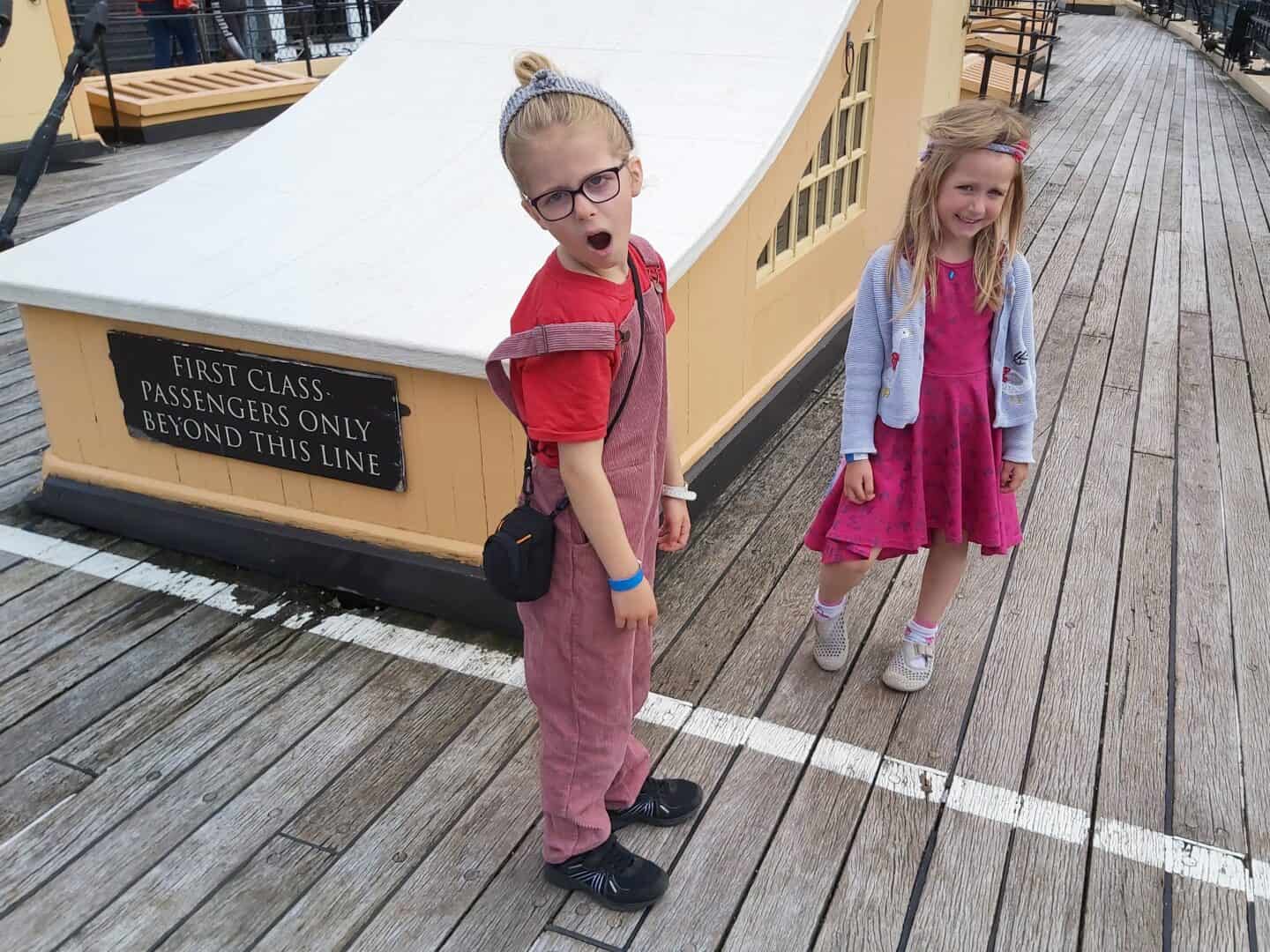
History of the SS Great Britain
Designed by Isambard Kingdom Brunel, the SS Great Britain was launched in 1843 by Prince Albert. She was the most vast ship ever built, and the first to be build of iron. A 1000 horsepower steam engine and the first ever screw propeller made this ship a trailblazer that would change history.
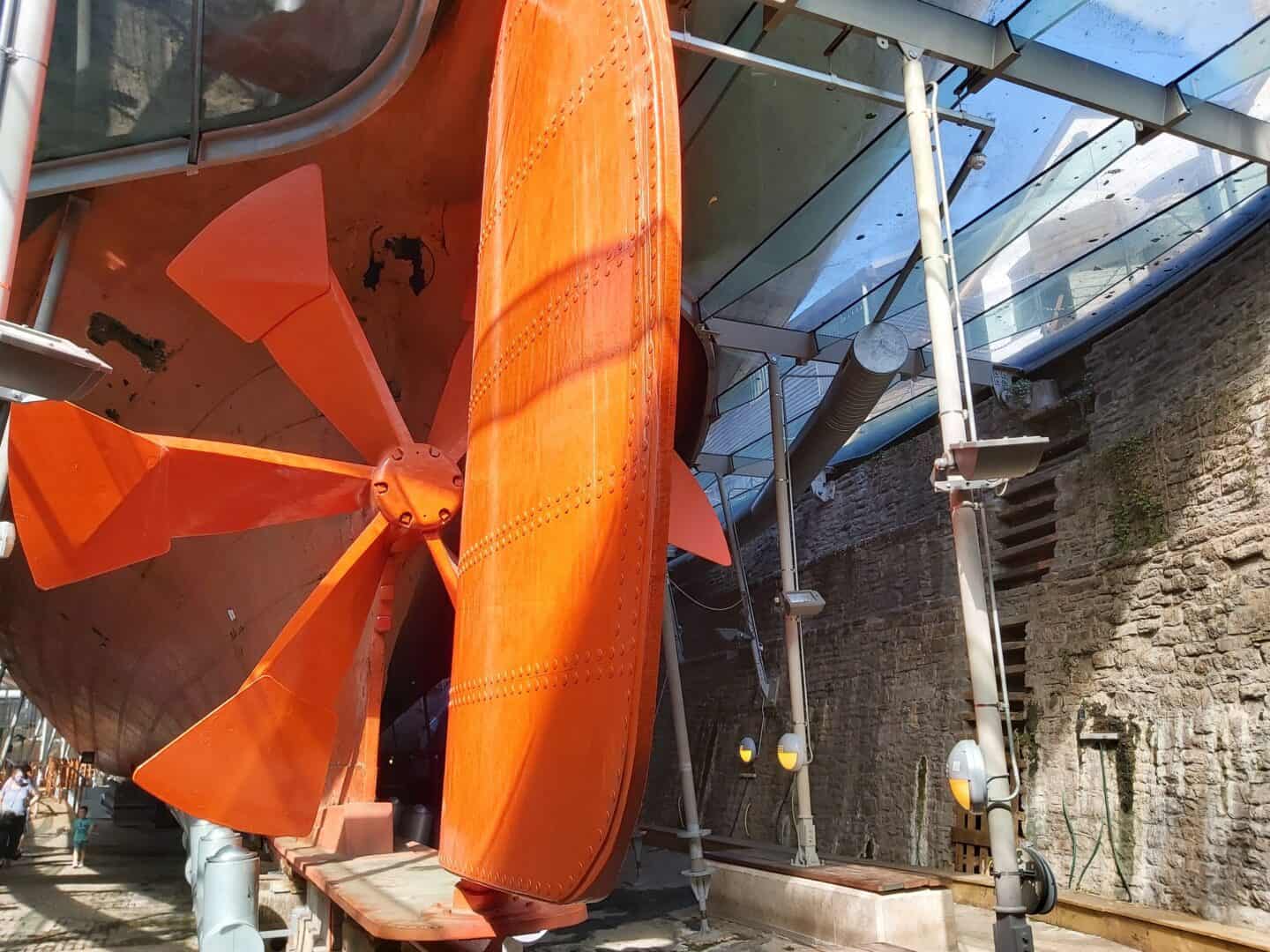
Over the years, several adaptations were made to the ship. A more efficient engine, a second funnel and replacement propeller and rudder. By the time she sailed to Australia in 1852, the ship was predominantly propelled by sails. The powerful engine and propeller would be used only as a backup. When an extra upper deck was built, she could carry up to 700 passengers.

Thirty years on, the SS Great Britain was converted to a cargo ship. Her working life eventually came to an end in 1933. Even then, there was an attempt to rescue her. Sadly it wasn’t to be, and she was left to rust in the Falkland Islands.
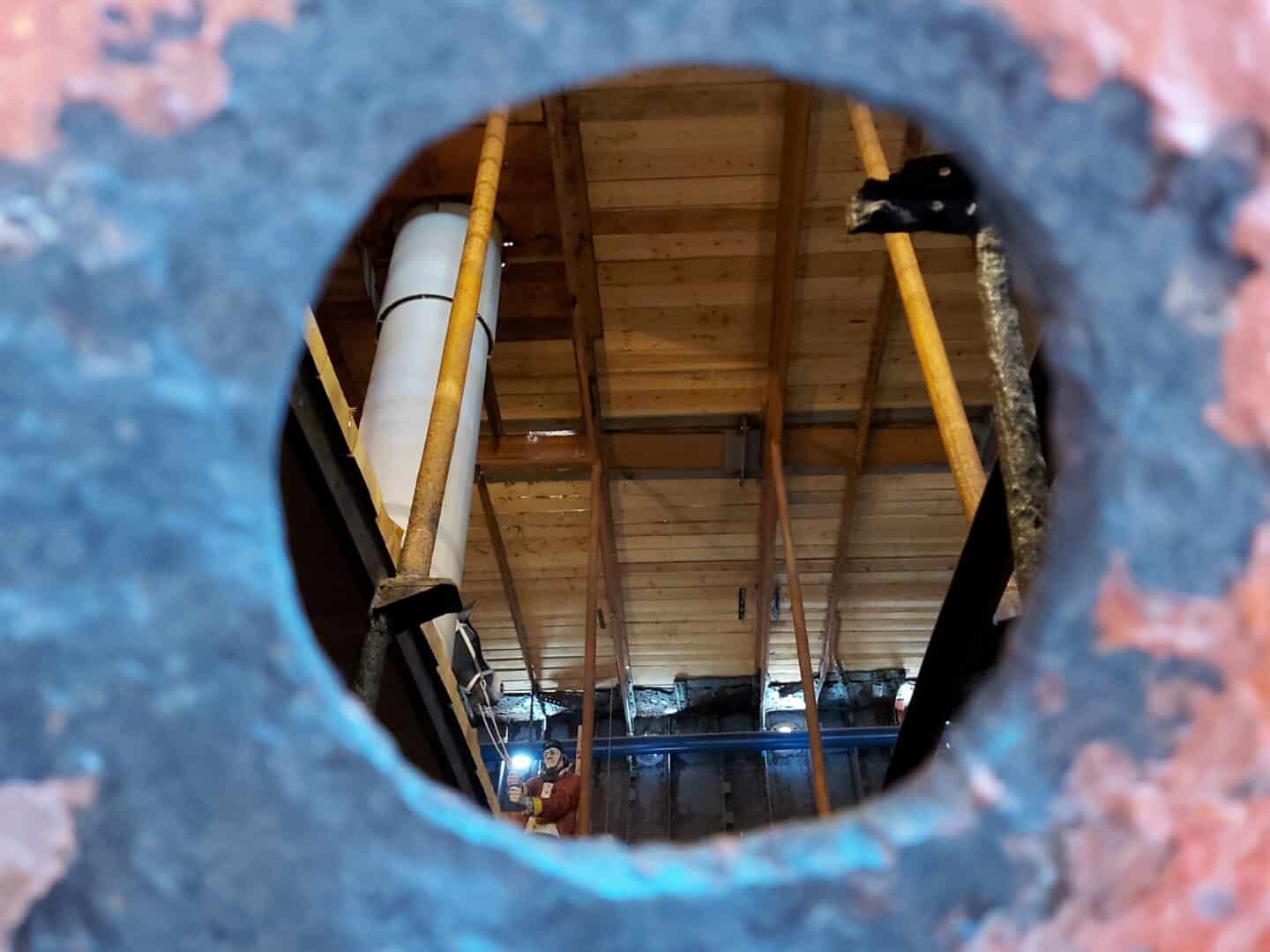
On April 13th 1970, she was refloated. Ewan Corlett, a naval engineer, had recognised her importance and embarked on a mission to bring the ship back to Bristol. She was pulled by tug boats across the Atlantic on a floating pontoon. A few miles outside of Bristol, repairs were done that allowed her to travel the last few miles on her own hull. Crowds lined the streets to welcome her home 127 years to the day after her launch.
Being Brunel
The one part of the attraction we seem to have missed last time we visited the SS Great Britain was the Being Brunel exhibition. This gives an insight into Brunel in both a work and personal capacity. Inside this area is a statue of his head. It was great fun to be able to walk “into Brunel’s mind” and find out more about his thought processes when designing the ship.
There are also insights into his childhood and family relationships. Interestingly, his father was his biggest supporter and his first employer. Brunel was sent to school in France because he couldn’t get the same technical education in the UK. This was clearly successful because when he came back, he took a key role in his father’s business.
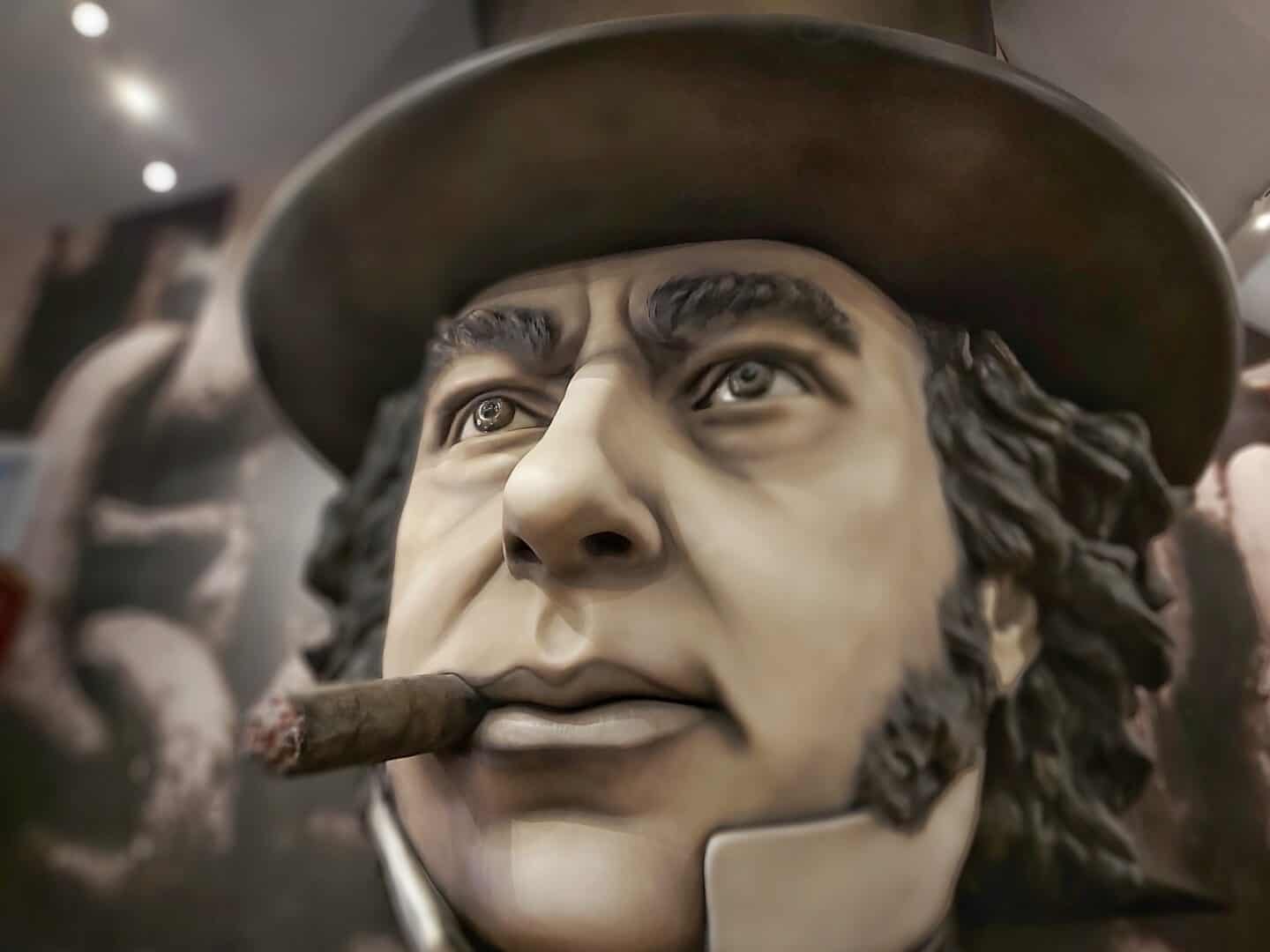
The Dockyard, Dry Dock and Dockyard Museum
The SS Great Britain remains in a dry dock in Bristol Harbour. As soon as you enter the dockyard, it’s like stepping back in time. Actors in historic clothing greet you and a horse and cart stand watch over the dock.
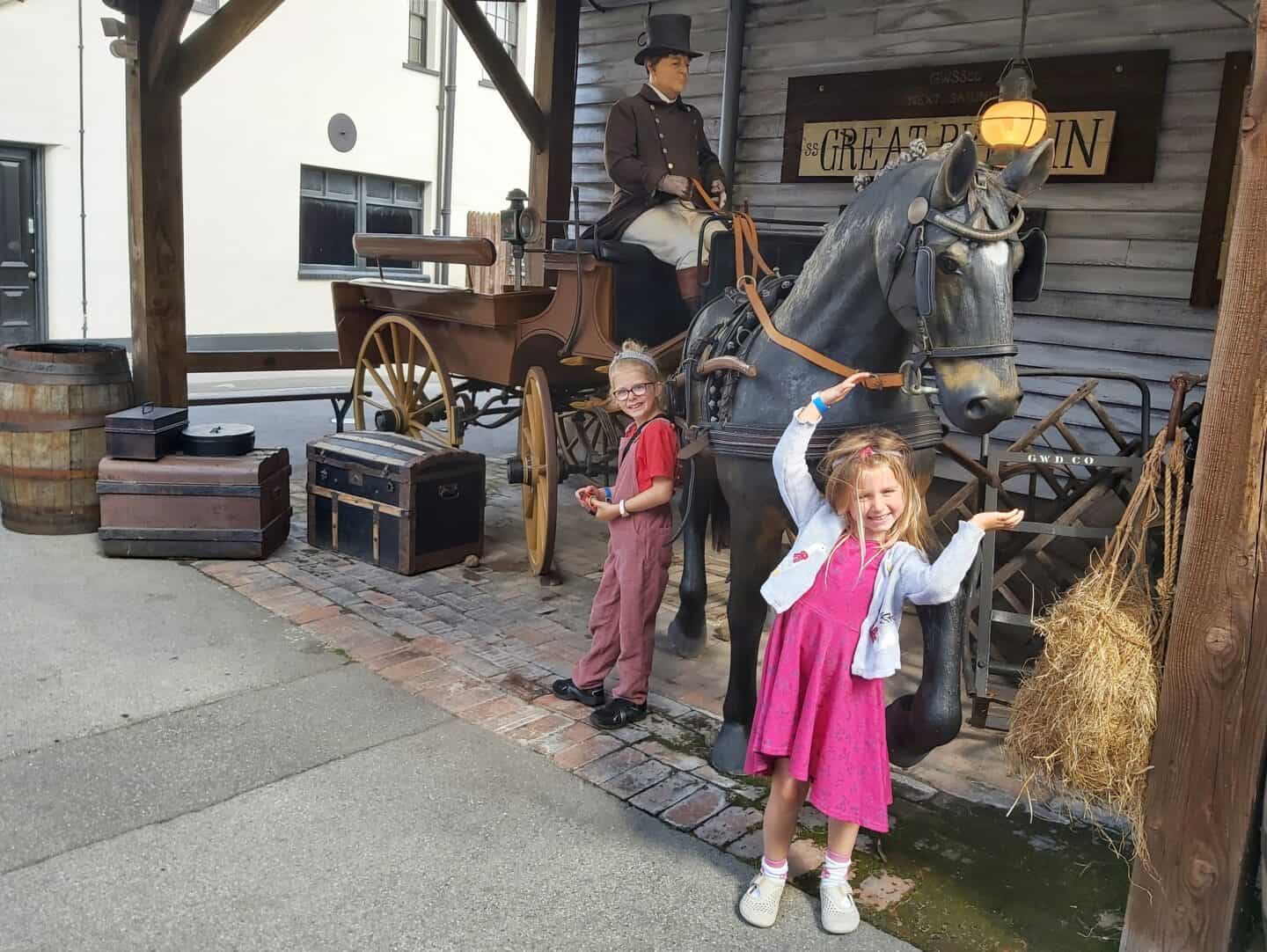
From the dockyard, you can venture under the ship to look around the dry dock and see the underside of the boat. Her enormous anchor, rudder and propellor are also on display. A huge dehumidifying machine pumps air around the dry dock, preventing further rust and deterioration.

Adjacent to the dry dock is the Dockyard Museum. Explore four different eras of the ship’s history and discover exhibits from its travels. A film transports visitors back to the ship’s exciting homecoming in 1970. From there you travel back in time, learning about the ship’s part in two World Wars. Find out about her Windjammer years, how she carried passengers to Australia during the gold rush and her surprising connection to English cricket. The museum itself isn’t hugely interactive, but that didn’t stop it from being interesting for children.
Visiting the SS Great Britain
From the museum, visitors can head straight onto the ship. Decorated with flags as she would have been on launch day, the SS Great Britain has been restored to portray her former glory. Step onto the weather deck and see where a cow, pig and chickens would have been kept. The girls loved this and quickly understood why animals were onboard. Lines divide the different class areas to prevent other passengers from straying into first class. The children loved pretending to steer the ship with its huge wheel.
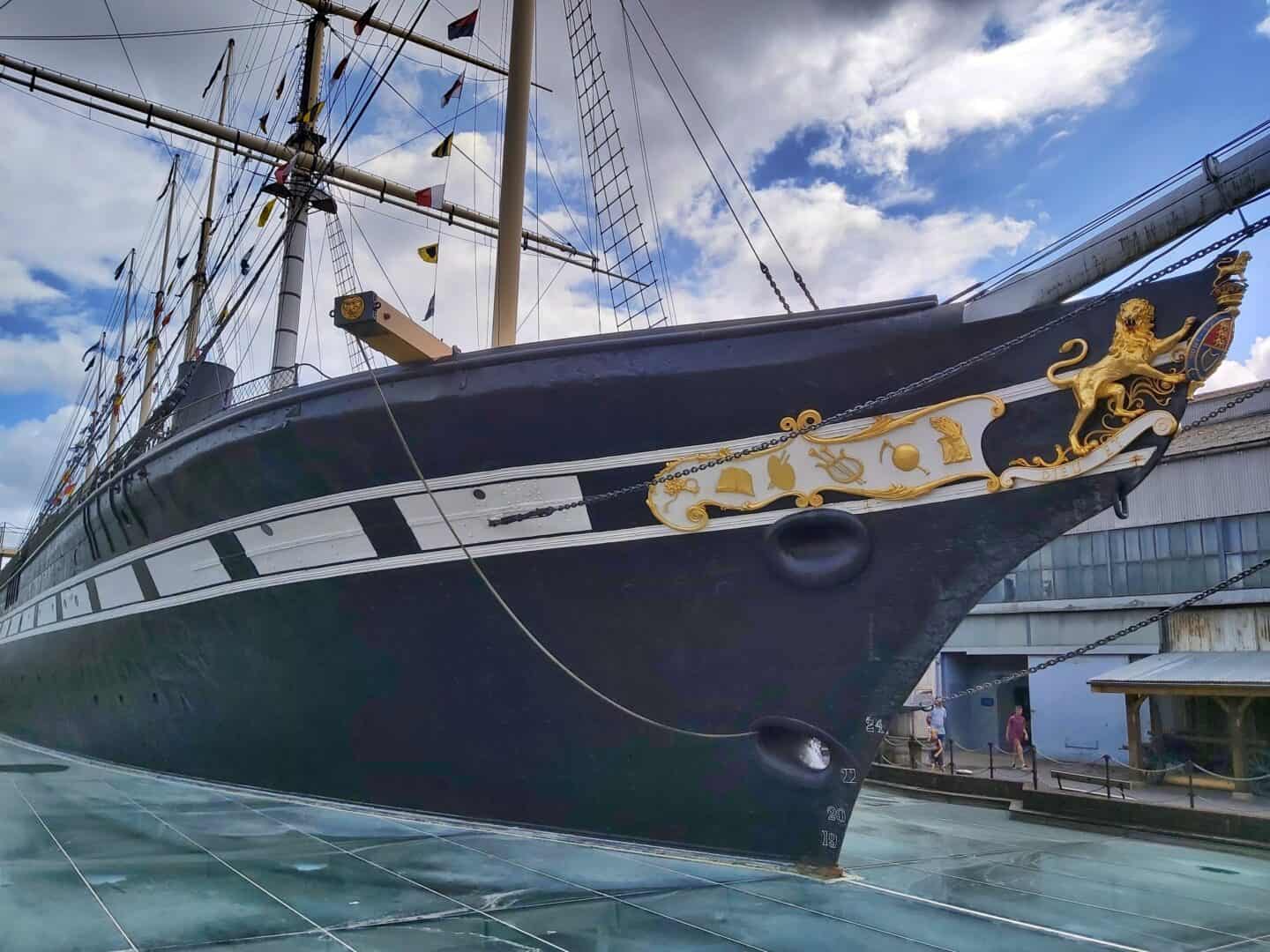
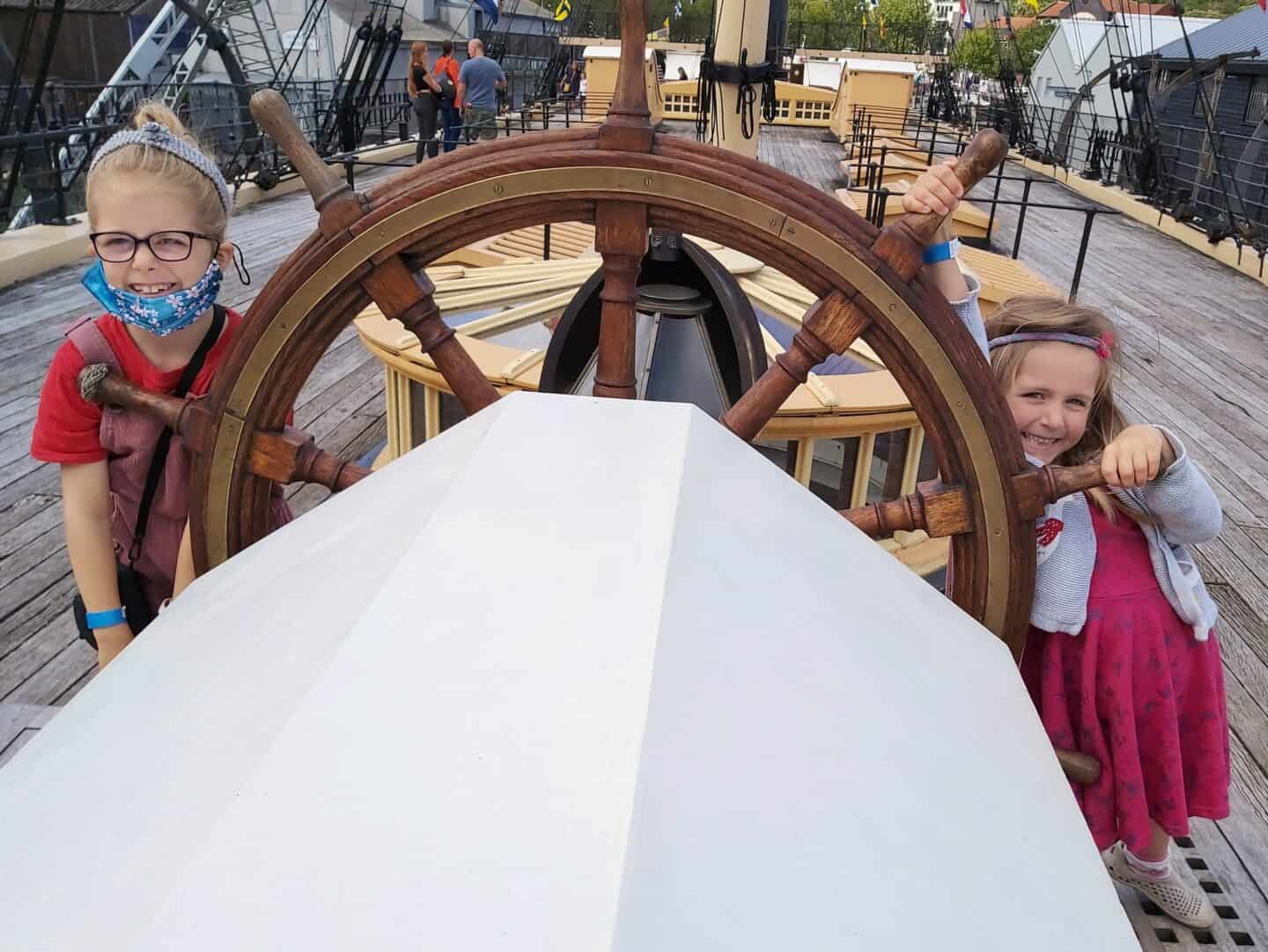
Downstairs from there is the promenade deck, with first class cabins at either end and plenty of space to socialise. Sit down at one of the tables in the dining saloon and see waxworks in traditional costume.
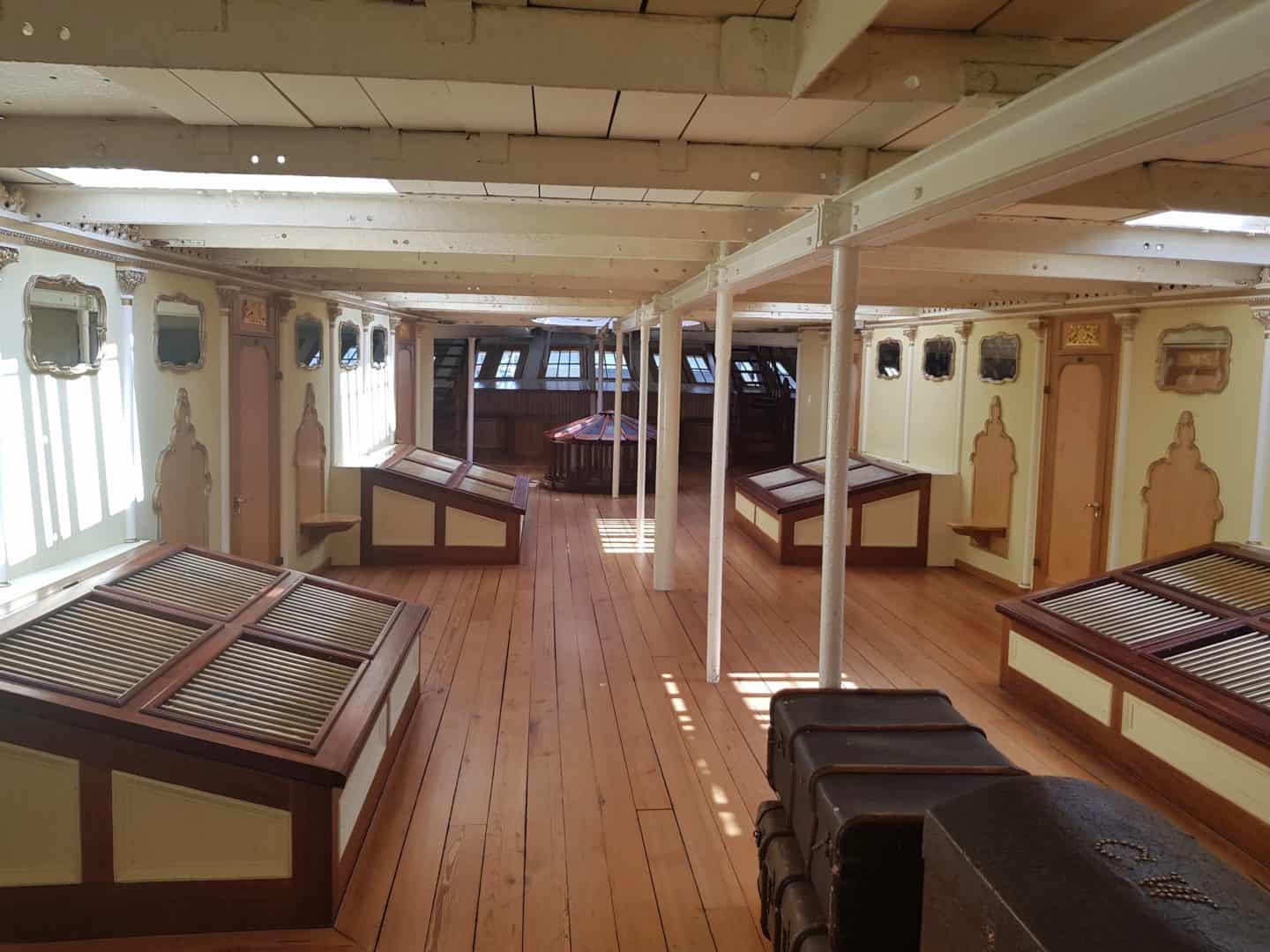

Towards the front of the ship in the lower decks, you’ll see steerage or third class cabins. This was the cheapest accommodation and where most people slept. Visitors to the ship can nose around the galley and bakery and peer into the forward hold. You’ll even see a full size reconstruction of the engine and watch it turning. Even the smell of the engine room is replicated, as well as the sound of people shovelling coal.
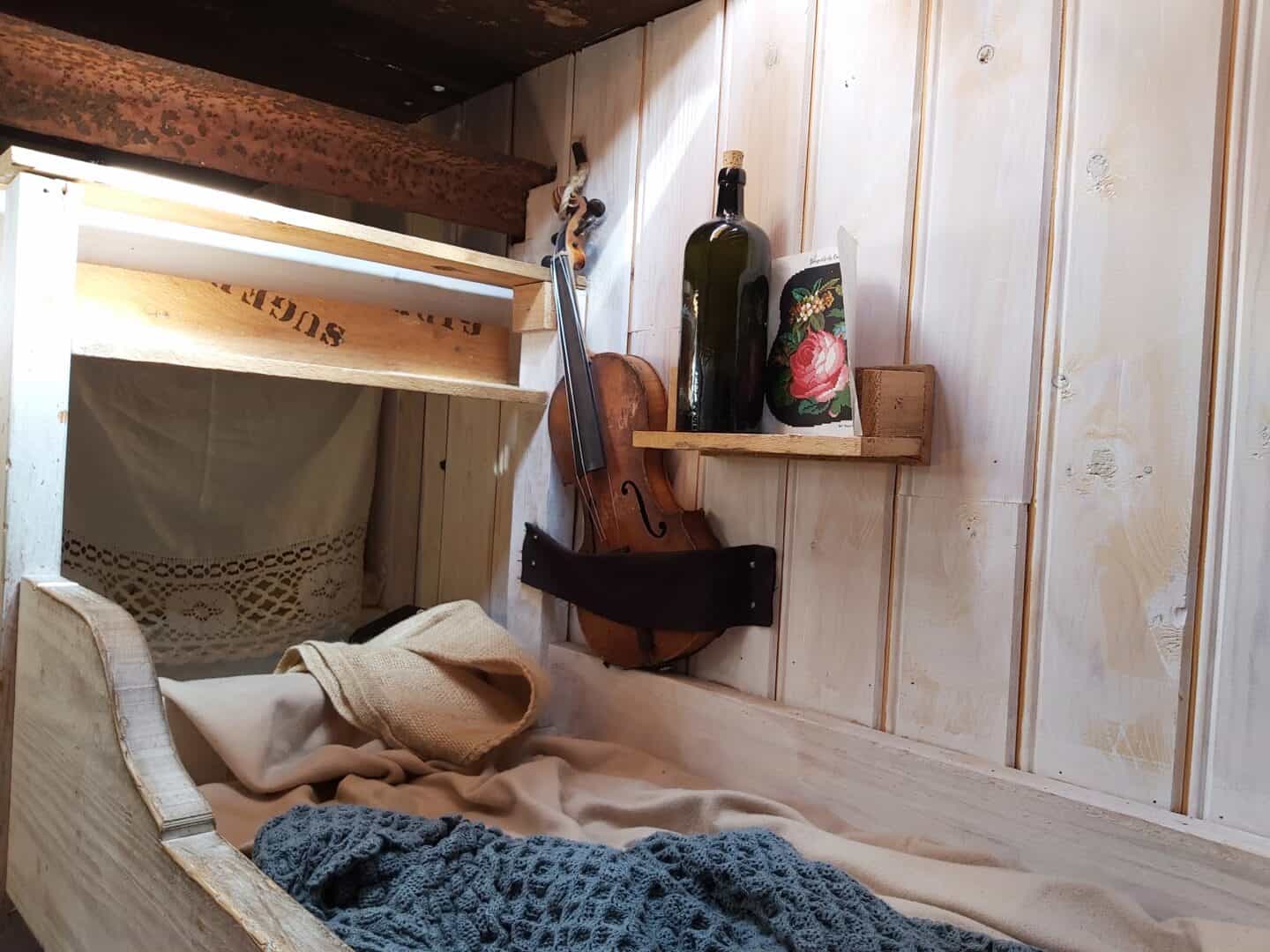
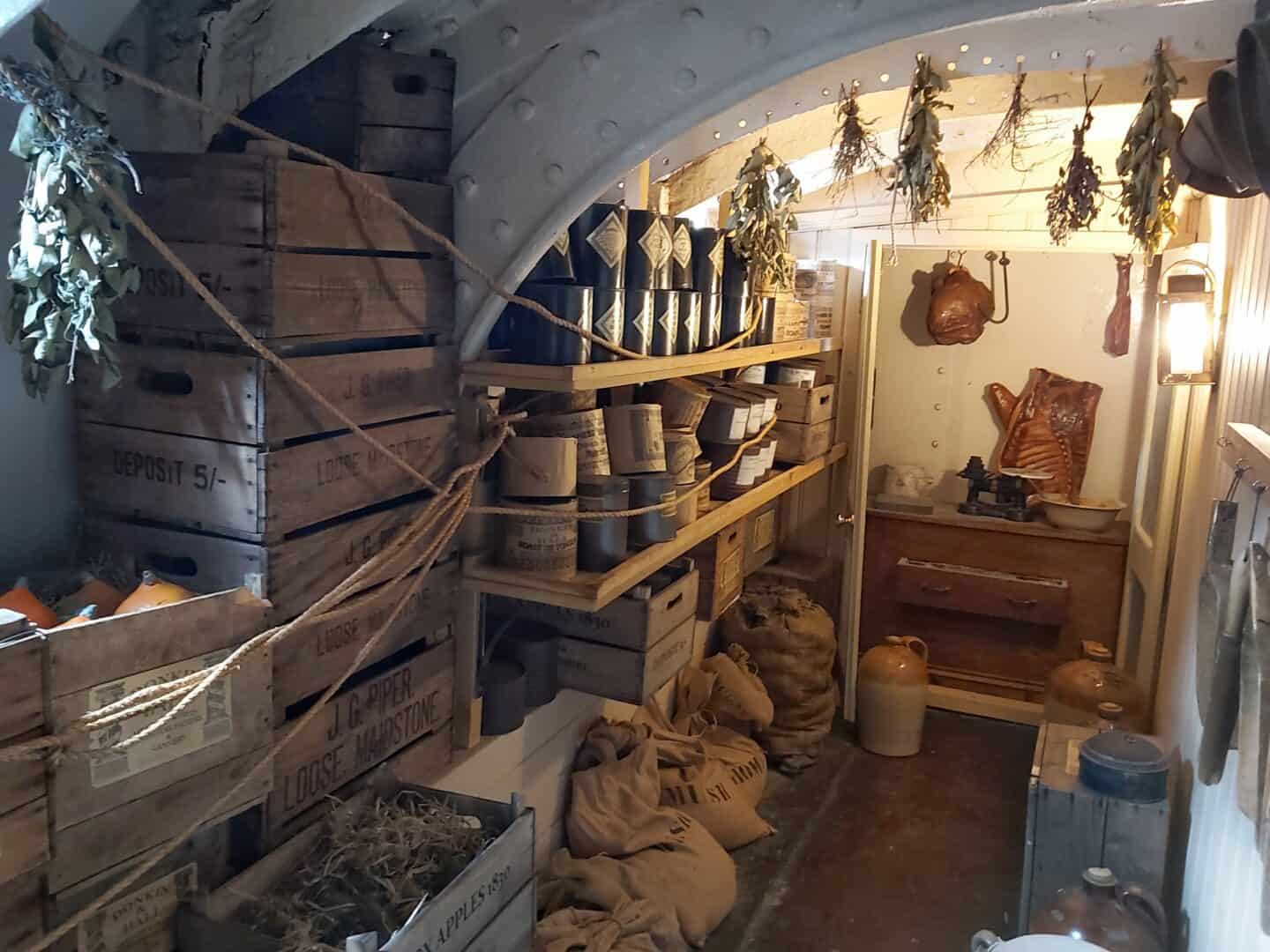
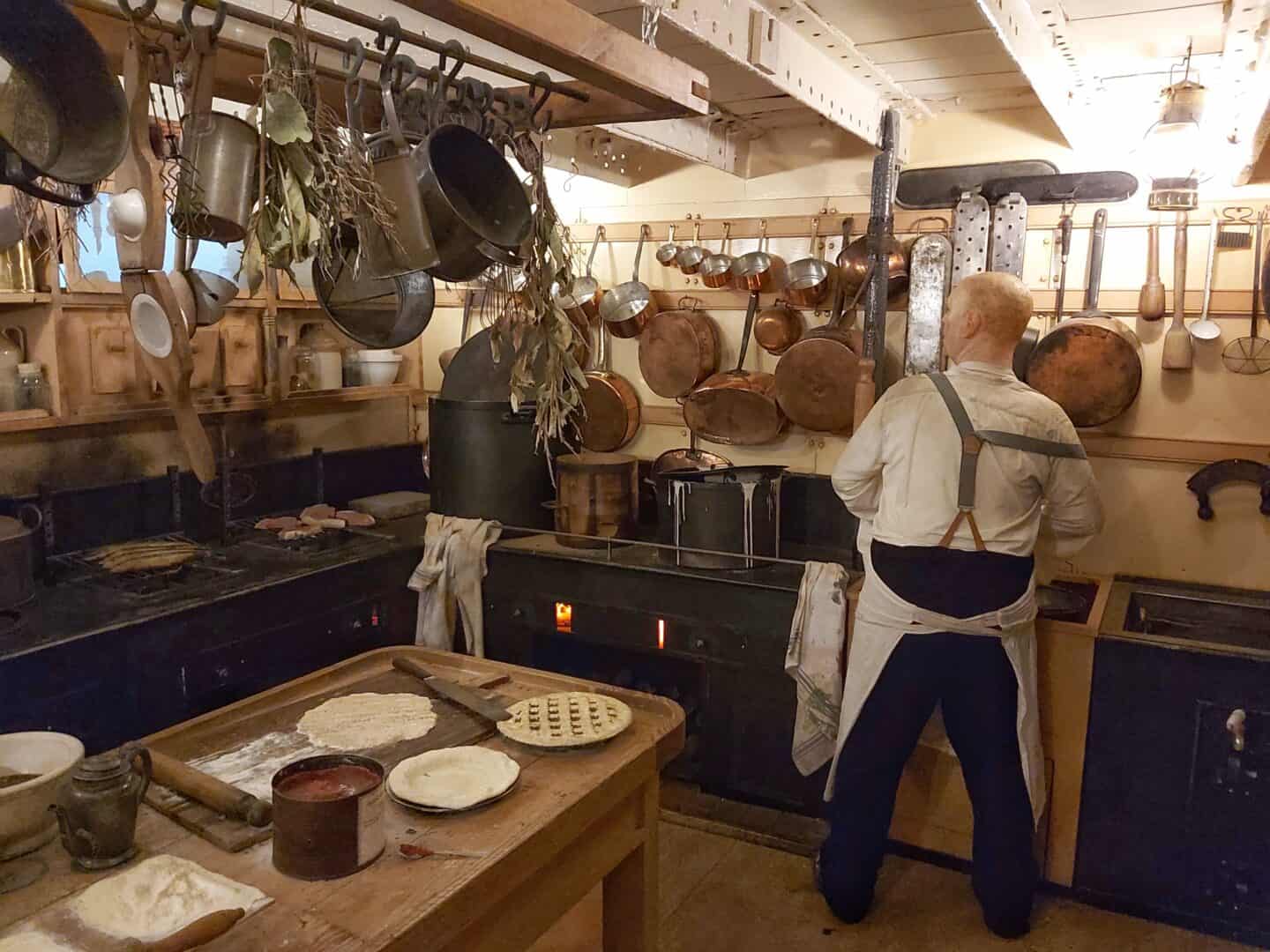
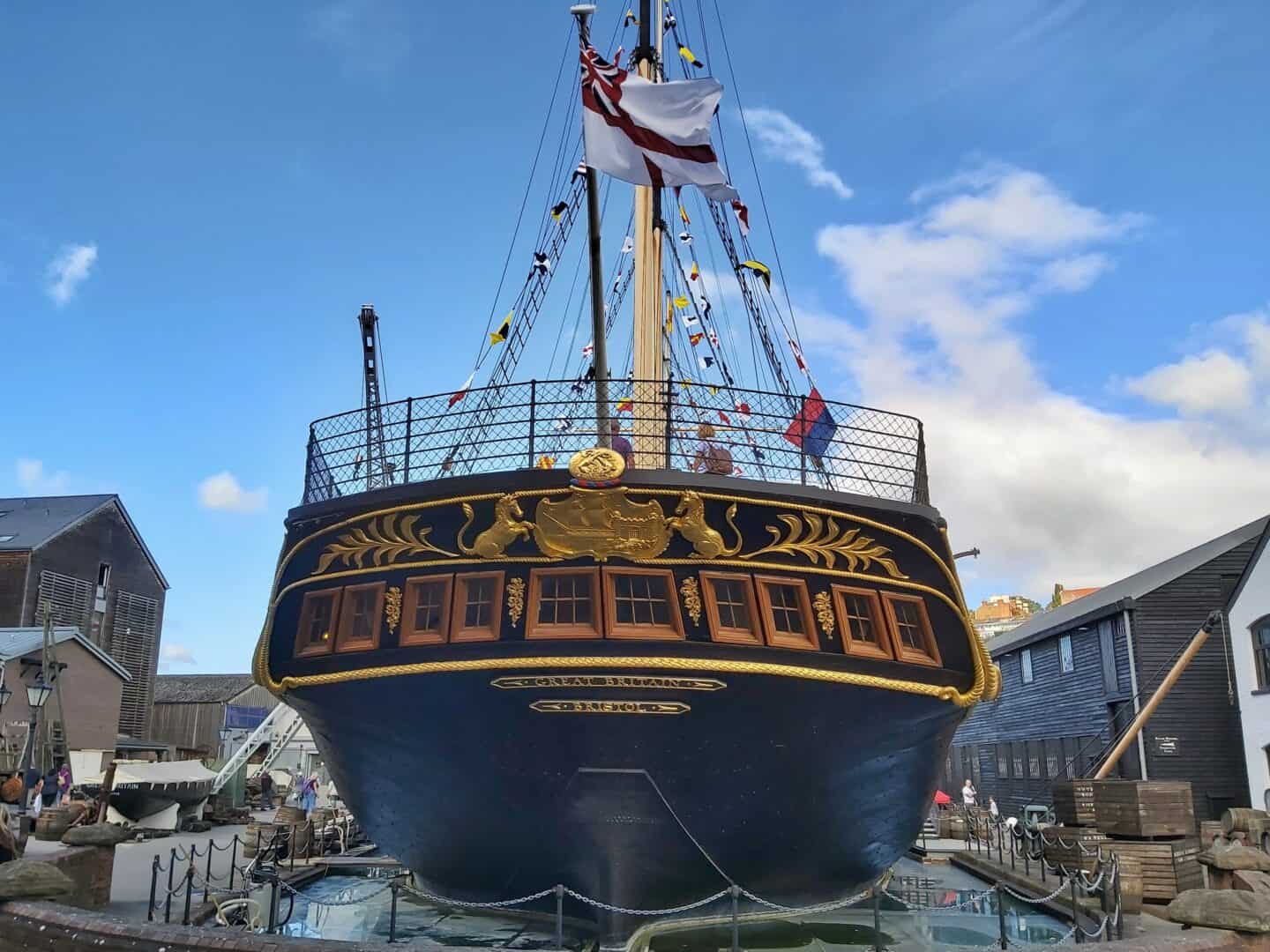
For more information about visiting the ship and for full information about their covid-19 safety measures, head to the SS Great Britain website.
[AD press tickets]

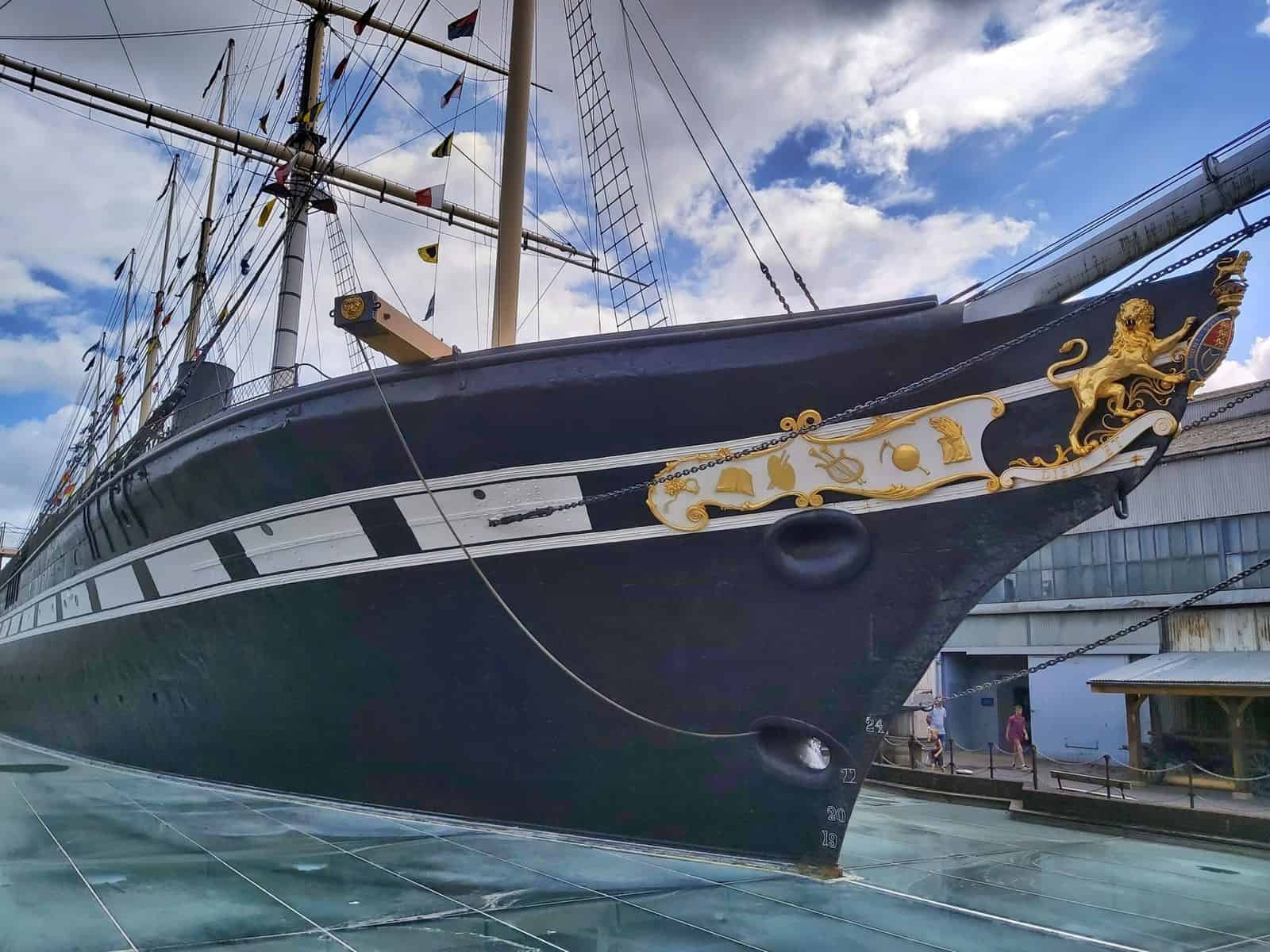





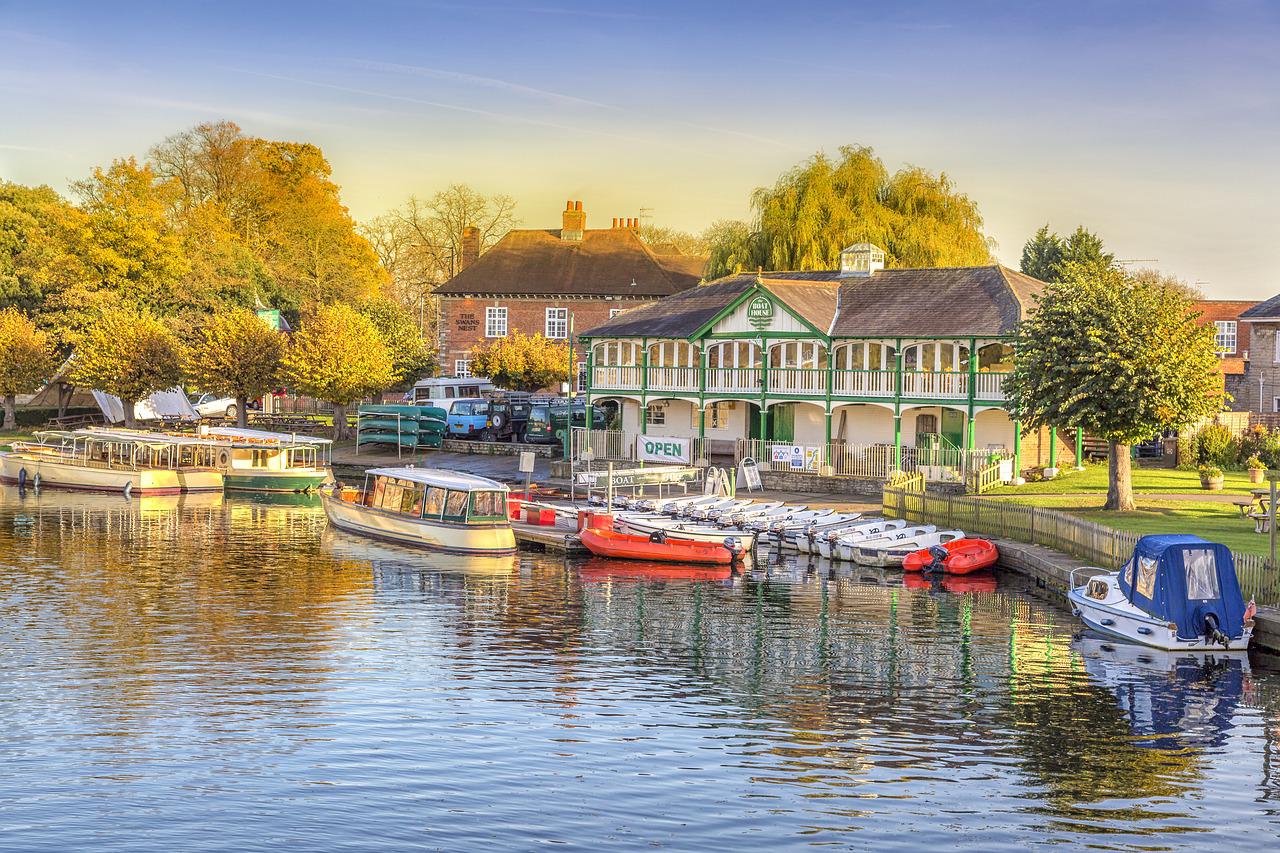
It sounds like a really interesting place to visit. Even the story of how it was brought back to Britain is incredible. We actually go to Bristol a lot, but have never actually visited SS Great Britain.
Oh you definitely should, it’s a really fascinating day out. I agree, I was quite captivated watching the video about it being brought back to Bristol.
Nat.x